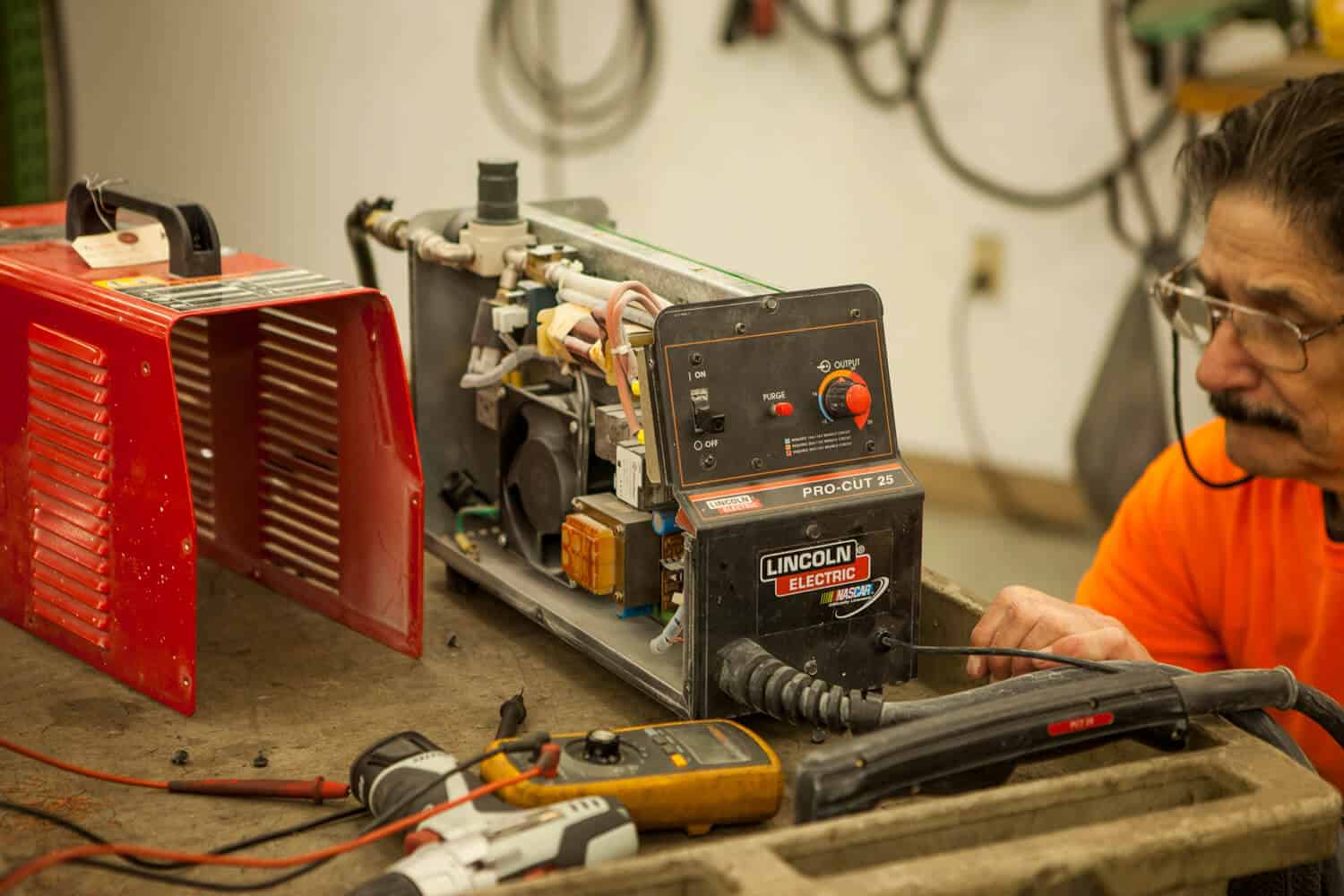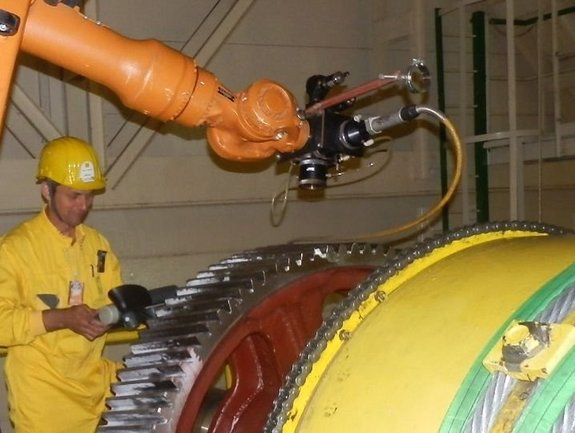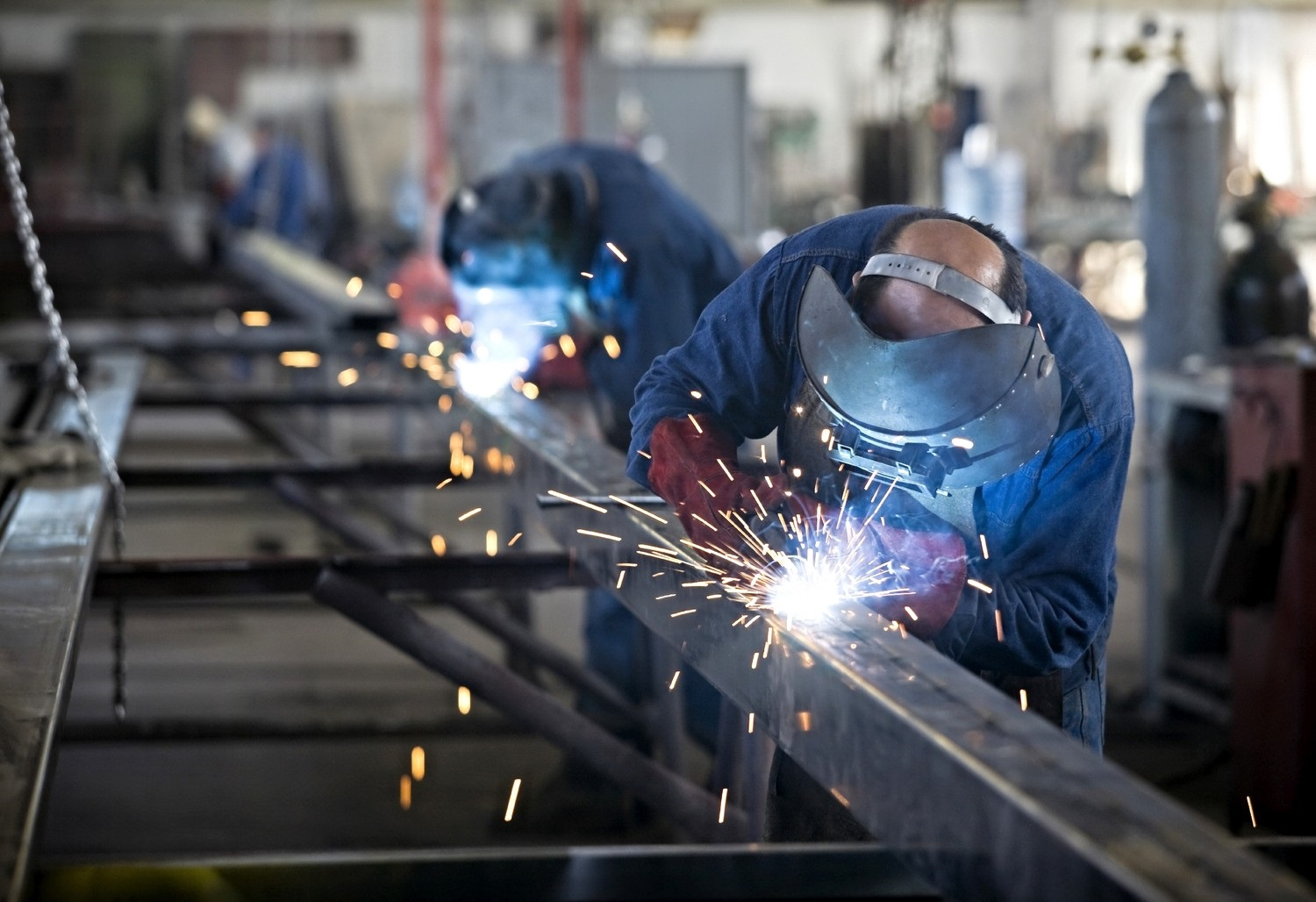Why welds crack and how Montana Mobile Welding and Repair avoids them
Usual Welding Fixing Issues and Exactly How to Address Them Properly
Welding repair work frequently run into a variety of issues that can jeopardize the honesty of the final item. Usual troubles include insufficient penetration, porosity, and imbalance, among others. Each flaw provides distinct obstacles that need specific methods for resolution. Recognizing these issues is essential for welders aiming to improve their skills and end results. This discussion will certainly explore these typical welding repair issues and reliable methods to address them.
Poor Infiltration
Inadequate infiltration takes place when the weld metal stops working to completely fuse with the base material, causing weak joints and possible architectural failures. This problem usually comes from not enough warmth input, incorrect electrode angle, or inappropriate welding rate. Welders might run into poor infiltration due to a miscalculation of the necessary parameters for a specific material density or type. In addition, contamination on the base product's surface area can impede reliable bonding, exacerbating the issue. To resolve insufficient penetration, welders need to ensure suitable settings on their devices and preserve a clean job surface area. Routine evaluation of welds is recommended to recognize any kind of deficiencies early, permitting timely adjustments and the prevention of compromised architectural stability in bonded assemblies.
Porosity
Porosity is a common flaw in welded joints that manifests as tiny gas bubbles caught within the weld steel. This flaw can jeopardize the honesty of the weld, causing reduced stamina and potential failure under stress and anxiety. Montana Mobile Welding and Repair Welding. Porosity typically emerges from contamination, dampness, or inappropriate welding techniques, which permit gases to run away into the liquified weld pool. To resolve porosity, welders ought to assure proper surface area preparation, preserve a clean working environment, and use ideal welding specifications. Additionally, picking the right filler material and securing gas can mitigate gas entrapment. Normal assessment and screening of welds can help recognize porosity early, ensuring timely restorative activities are taken, thereby preserving the top quality and integrity of the welded structure
Imbalance
Misalignment in welding can develop from numerous variables, consisting of improper setup and thermal development. Understanding the root causes is necessary for reliable resolution. Numerous correction techniques are offered to straighten parts and ensure architectural integrity.
Reasons for Imbalance
Welding imbalance frequently comes from a variety of underlying issues that can jeopardize structural stability. One primary cause is inappropriate fit-up of elements prior to welding, which can bring about spaces and unequal surfaces. Variations in thermal development during the welding procedure can additionally lead to distortion, particularly if the materials being signed up with have various coefficients of growth. In addition, inadequate securing and fixturing might fall short to hold parts safely in area, bring about activity throughout welding. Improperly maintained devices, including welding devices and devices, may introduce incongruities in the weld grain, more adding to imbalance. Operator error, stemming from inadequate training or experience, can also play a significant role in developing misaligned welds.

Adjustment Techniques Readily Available
Addressing misalignment successfully needs a mix of restorative strategies tailored to the certain concerns handy. One common technique is using fixtures or jigs to hold components in the appropriate placement throughout welding, ensuring regular placement. Additionally, preheating the materials can assist lower distortion and enhance fit-up. For significant misalignment, mechanical realignment techniques, such as utilizing hydraulic jacks or clamps, can be employed to correct the position before welding. Post-weld heat treatment may also be necessary to ease anxieties triggered by misalignment. Finally, mindful assessment and change during the configuration phase can avoid misalignment issues from coming to be significant troubles, promoting a smoother welding procedure and enhancing overall architectural stability.
Distortion
Distortion is a common difficulty in welding that can occur from numerous aspects, consisting of uneven heating and cooling. Comprehending the sources of distortion is crucial for carrying out efficient prevention methods. Addressing this issue not just enhances architectural stability yet also boosts the total high quality of the weld.
Sources of Distortion
When subjected to the extreme heat of welding, materials commonly undertake changes that can result in distortion. This phenomenon largely emerges from thermal development and tightening during the welding process. As the weld area heats up, the product broadens; upon air conditioning, it gets, which can develop inner tensions. In enhancement, irregular heating throughout a work surface can worsen these stresses, resulting in bending or bending. The sort of material also plays a substantial function; metals with varying thermal conductivity and coefficients of development might respond in different ways, bring about unpredictable distortions. Inadequate joint layout and poor fixturing can contribute to imbalance during welding, enhancing the probability of distortion. Recognizing these causes is necessary for efficient welding repair service and avoidance strategies.
Prevention Techniques
Efficient prevention strategies for distortion during welding emphasis on managing heat input and ensuring proper joint design. Preserving a consistent warmth input helps to decrease thermal growth and tightening, which can lead to distortion. Making use of techniques such as pre-heating the work surface can likewise lower the temperature level slope, promoting uniform heating. Additionally, selecting appropriate joint styles, such as T-joints or lap joints, can enhance security and lower tension focus. Applying appropriate fixturing to secure the work surfaces in position further aids in keeping positioning during the welding process. Staggered welding sequences can distribute heat more equally, protecting against localized distortion. By applying these techniques, welders can substantially reduce the probability of distortion and boost the overall top quality of their welds.
Fracturing
Breaking is a typical issue encountered in welding fixings, usually arising from different aspects such as inappropriate cooling rates, product option, or poor joint prep work. The occurrence of cracks can greatly compromise the integrity of the weld, causing prospective failures during operation. To resolve this issue, welders should initially analyze the source, making sure that products work and suitably picked for the certain application. In addition, regulating the cooling rate throughout the welding process is important; rapid cooling can cause anxiety and bring about breaking. Proper joint style and prep work additionally contribute to decreasing the danger. Carrying out these techniques can enhance weld high quality and longevity, inevitably reducing the probability of cracking in finished weldments.

Incomplete Fusion
A significant concern in welding repair services is insufficient fusion, which happens when the weld steel does not appropriately bond with the base product or previous weld passes - Fabrication. This defect can cause weak points in the joint, possibly jeopardizing the integrity of the welded framework. Elements adding to incomplete blend consist of not enough warm input, incorrect welding method, and contamination of the surfaces being signed up with. To address this issue efficiently, welders need to assure proper pre-weld cleaning and surface prep work, as well as readjust their welding parameters to accomplish sufficient penetration and fusion. Regular assessment during the welding process can likewise assist identify insufficient blend early, enabling for timely restorative steps to enhance the general top quality of the weld
Overheating
While welding repair services can improve structural integrity, overheating offers a significant challenge that can bring about product degradation. Extreme warmth during welding can alter the mechanical properties of metals, causing lowered toughness, raised brittleness, and bending. This sensation is particularly important in high-stress applications where architectural reliability is vital. Recognizing overheating can check here involve visual examinations for discoloration or distortion, in addition to keeping track of temperature during the welding procedure. To minimize the threats related to overheating, welders must utilize proper techniques, such as controlling warmth input, adjusting travel speed, and making use of suitable filler products. In addition, applying pre- and post-weld warm therapies can aid recover material residential or commercial properties and boost the overall quality of the repair work, making sure long-lasting efficiency and security.
Often Asked Questions
What Are the Usual Indicators of a Welding Defect?

How Can I Test My Welds for Top quality?
To test welds for quality, one can utilize visual assessments, ultrasonic testing, and radiographic approaches. Each method guarantees structural integrity, determines issues, and validates adherence to specified criteria, eventually enhancing the dependability of the bonded joints.
What Safety Preventative Measures Should I Take While Welding?
When welding, one should prioritize safety by using proper individual safety tools, guaranteeing appropriate air flow, protecting flammable materials away, maintaining a clean work area, and knowing surroundings to stop injuries and mishaps.
Can I Repair a Weld Without Remodeling the Entire Joint?
Repairing a weld without redoing the entire joint is possible, relying on the damage (Montana Mobile Welding and Repair Welding). Techniques such as grinding, including filler product, or making use of a welding process can successfully address particular defects while preserving the bordering framework
What Equipment Are Essential for Reliable Welding Fixes?
Necessary devices for reliable welding repairs consist of a welding equipment, cord brush, mill, protective equipment, clamps, and filler materials. Each tool plays an essential duty in making certain top quality and security during the repair procedure. Porosity normally emerges from contamination, dampness, or incorrect welding methods, which permit gases to run away into the molten weld swimming pool. Inadequately conserved equipment, including welding machines and devices, might present inconsistencies in the weld grain, more adding to imbalance. When subjected to the extreme warm of welding, materials typically undergo changes that can lead to distortion. Splitting is a common issue encountered in welding repair services, frequently resulting from numerous factors such as incorrect air conditioning rates, material option, or insufficient joint prep work. A considerable concern in welding repair work is insufficient combination, which occurs when the weld steel does not appropriately bond with the base material or previous weld passes.